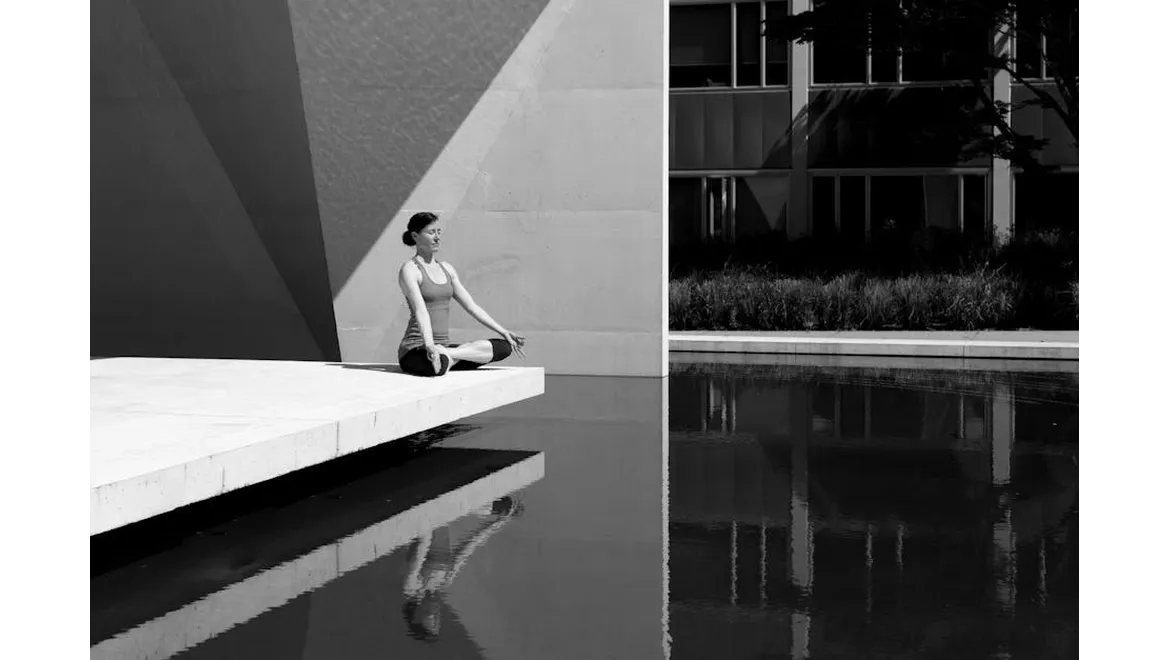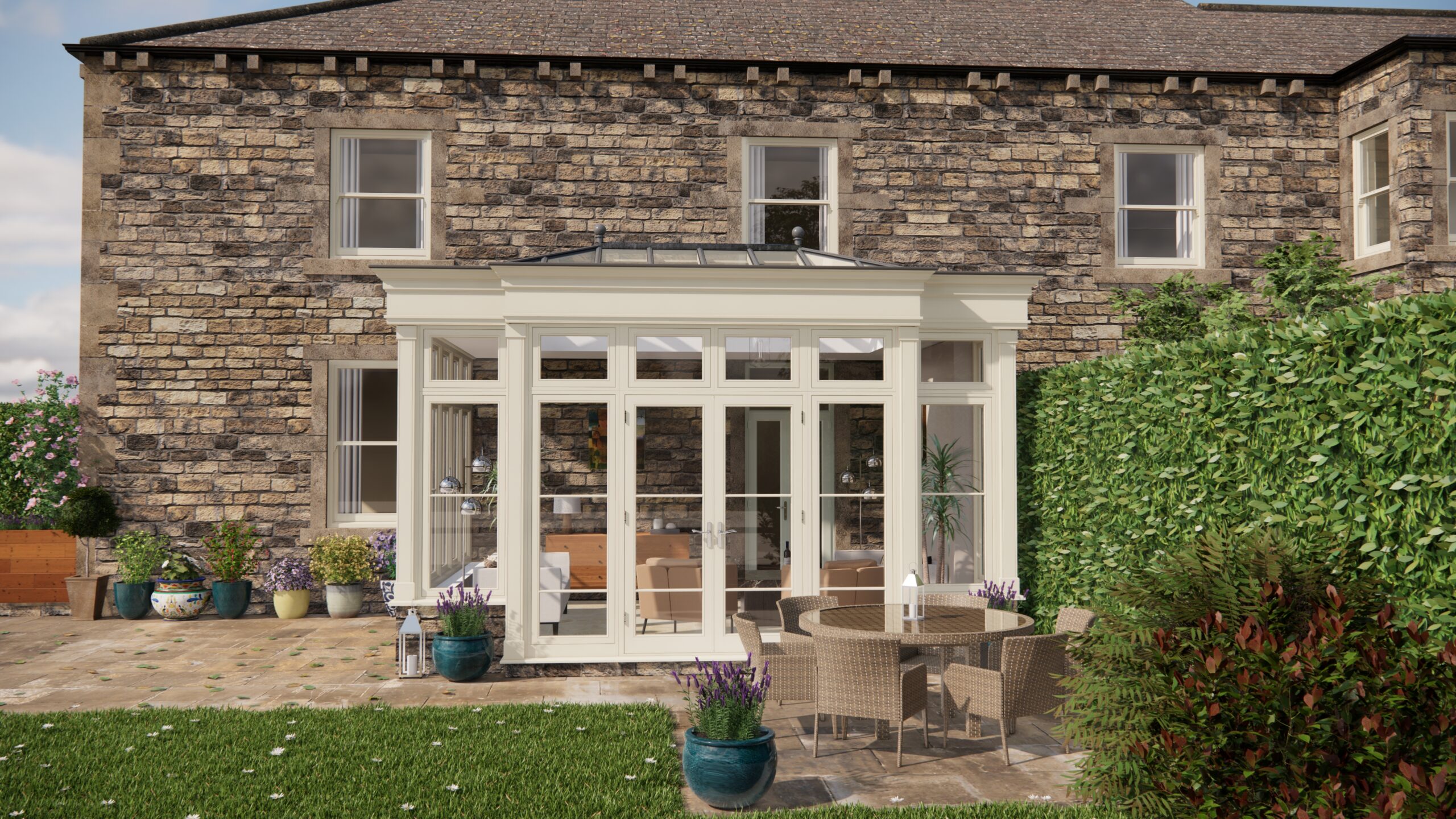Right, let’s talk tranquility! Recently, I had a fascinating conversation with Molly about something that’s become increasingly important to me: creating a haven of peace within my own four walls. We were bouncing around ideas related to articles about home wellness, you know, making the most of your space for exercise, relaxation, all that good stuff. And, naturally, the conversation veered towards soundproofing.
Specifically, we were dissecting those ‘Future of Soundproofing’ articles – the ones filled with jargon like ‘active noise cancellation’ and ‘smart soundproof materials’. It all sounded very futuristic, but Molly, ever the pragmatist, brought it back down to earth. Her focus was more immediate: how can we actually soundproof our homes now to create better spaces for things like yoga and general relaxation?
Soundproofing Basics: A Layering Approach
First, Molly stressed the importance of a layered approach. Think of it like an onion – each layer adds to the overall effectiveness. This isn’t about going full-on recording studio in your living room; it’s about strategically minimizing noise pollution. Here’s how we broke it down:
-
Addressing the Gaps: The easiest and often most overlooked step! Draft excluders under doors are surprisingly effective, and sealing gaps around windows with acoustic sealant makes a real difference. Molly swore by using a quality sealant – the cheap stuff just doesn’t cut it. She recommended brands like ‘Everbuild’ or ‘Soudal’, readily available at most DIY stores. The process is simple: clean the area, apply the sealant neatly, and smooth it with a wet finger. You can even get different coloured sealants to match your window frames.
-
Heavy Curtains and Rugs: Soft furnishings are your friends! Thick, lined curtains act as sound absorbers, particularly for street noise. Rugs, especially those with underlay, dampen sound traveling through the floor. Molly suggested velvet or blackout curtains for optimal sound absorption. When choosing a rug, look for dense pile and consider adding a thick underlay made of felt or rubber for enhanced soundproofing.
-
Acoustic Panels: A Targeted Solution: This is where it gets a bit more advanced, but still very DIY-friendly. Acoustic panels are designed to absorb sound reflections within a room. You can buy them pre-made, but Molly mentioned a clever trick: DIY versions using fabric-wrapped mineral wool or fiberglass insulation panels. The key is the density of the material. Simply wrap the insulation in an attractive fabric (burlap or linen works well) and attach it to a wooden frame. These panels can then be hung on walls to absorb sound.
The Orangery Advantage: A Quiet Retreat
Our conversation then drifted towards orangeries. Molly was particularly enthusiastic about them. She argued that they offer a naturally quieter space compared to, say, a room directly facing a busy street. The double-glazed windows and solid construction help to dampen external noise. She’d actually converted her own orangery into a dedicated yoga space!
Beyond the initial construction, you can further enhance the soundproofing of an orangery with the techniques mentioned above: heavy curtains, rugs, and even strategically placed plants (large, leafy plants can help to absorb sound). Molly also suggested considering acoustic blinds instead of standard blinds, especially if the orangery is adjacent to a noisy area. These blinds are specifically designed to absorb sound waves, further reducing noise pollution.
Active Noise Cancellation: Bringing in the Tech
Finally, we touched on the future of soundproofing, those fancy active noise cancellation systems. While they might seem out of reach for most homeowners now, the technology is becoming more accessible. Molly mentioned that you can already buy active noise-cancelling headphones specifically designed for home use, which can be a great option for blocking out distractions during meditation or yoga. I did my research on this topic and the best options seem to be noise cancelling headphones with a good frequency range to block out all noises.
She also mentioned the potential for smart materials in the future – walls that can adapt to noise levels and actively cancel out unwanted sounds. While that’s still largely in the realm of science fiction, it’s exciting to think about the possibilities.
In essence, Molly taught me that creating a tranquil home environment isn’t about expensive gadgets or futuristic technologies. It’s about understanding the principles of soundproofing and applying them strategically. By focusing on layering, addressing gaps, and utilizing soft furnishings, you can significantly reduce noise pollution and create a haven of peace, perfect for relaxation, exercise, and everything in between.


